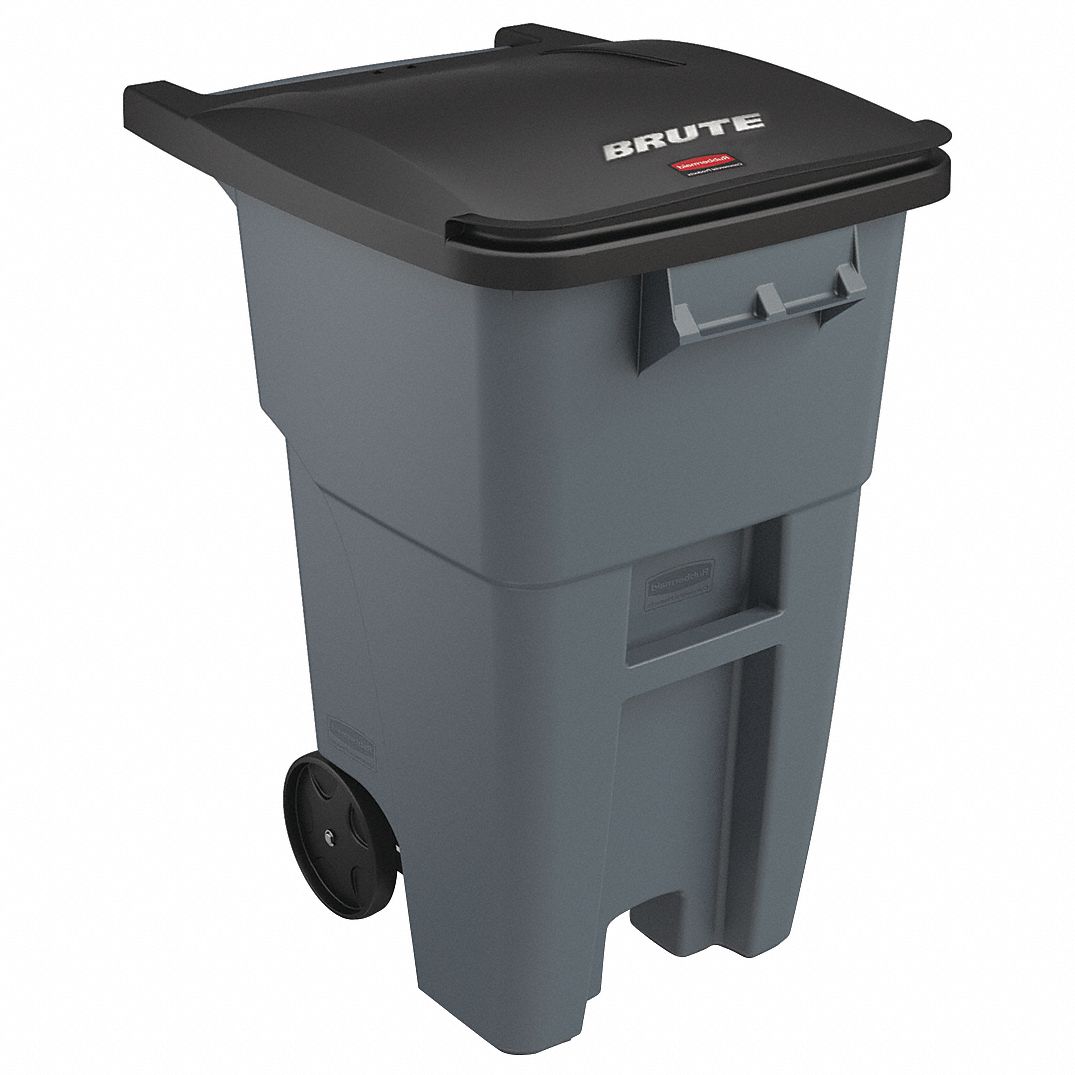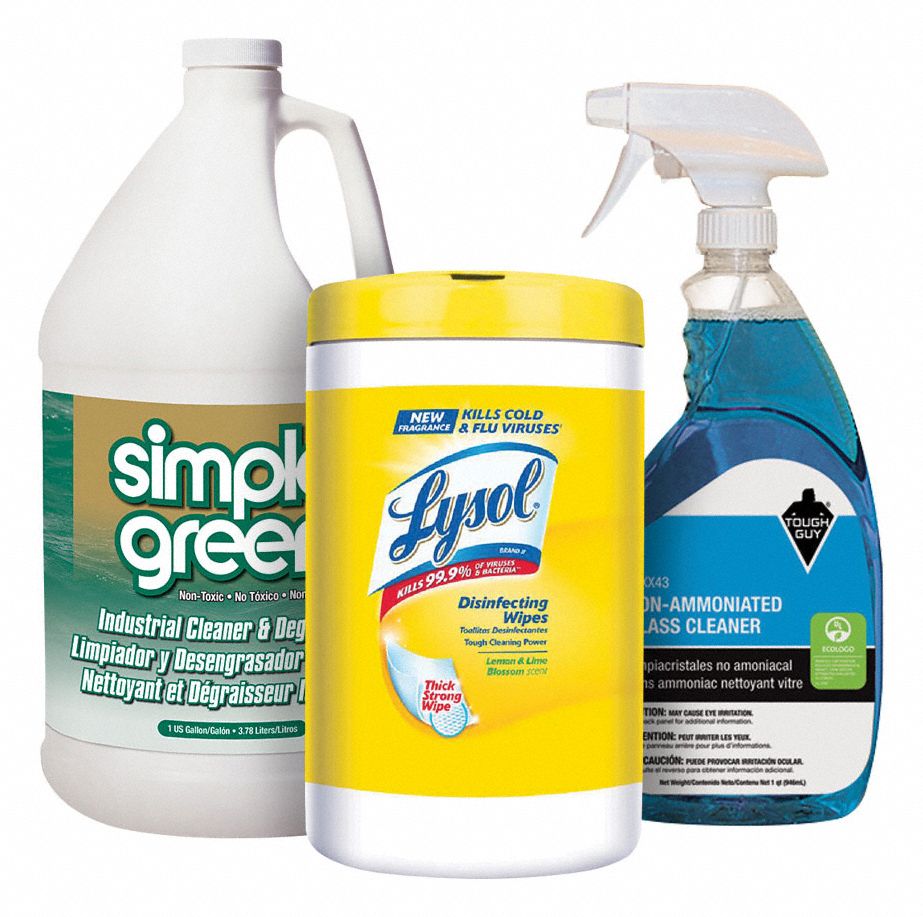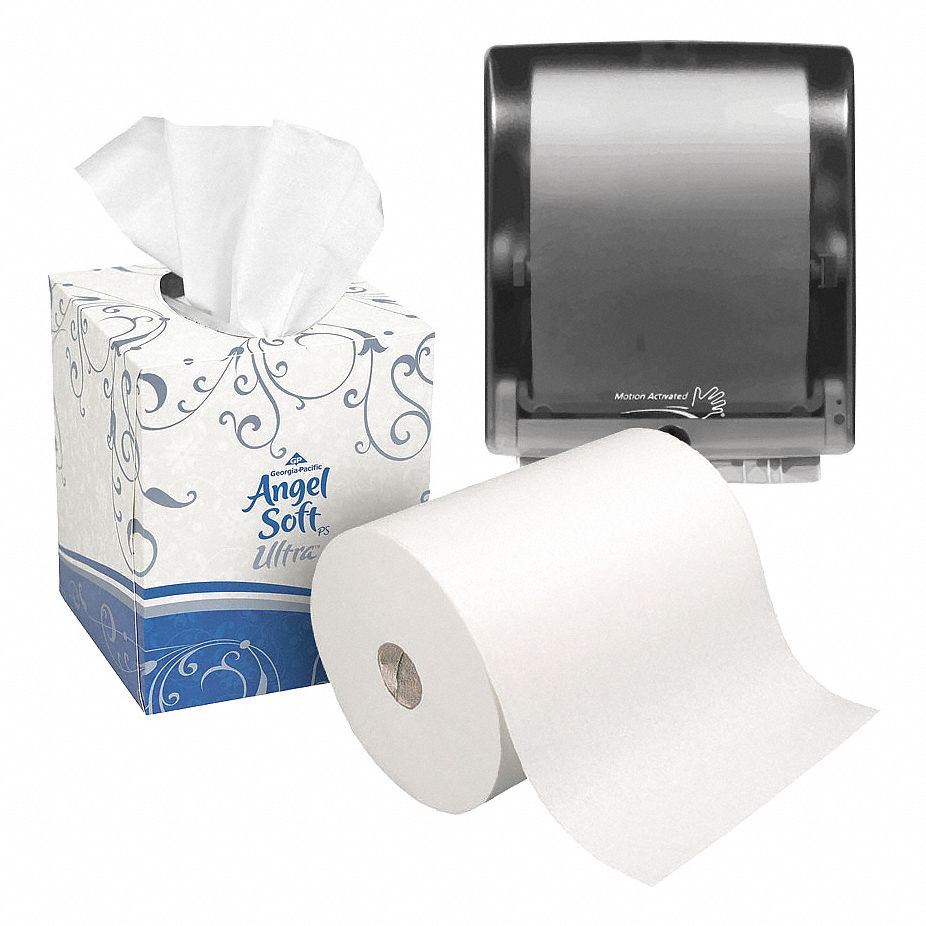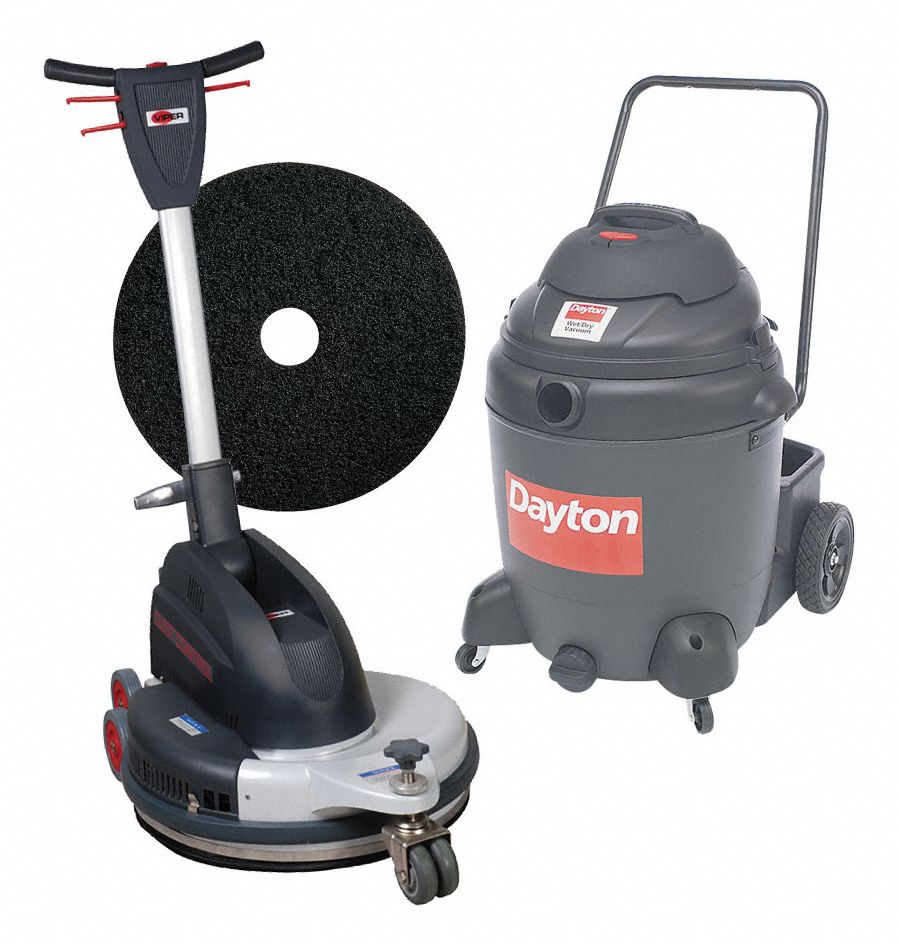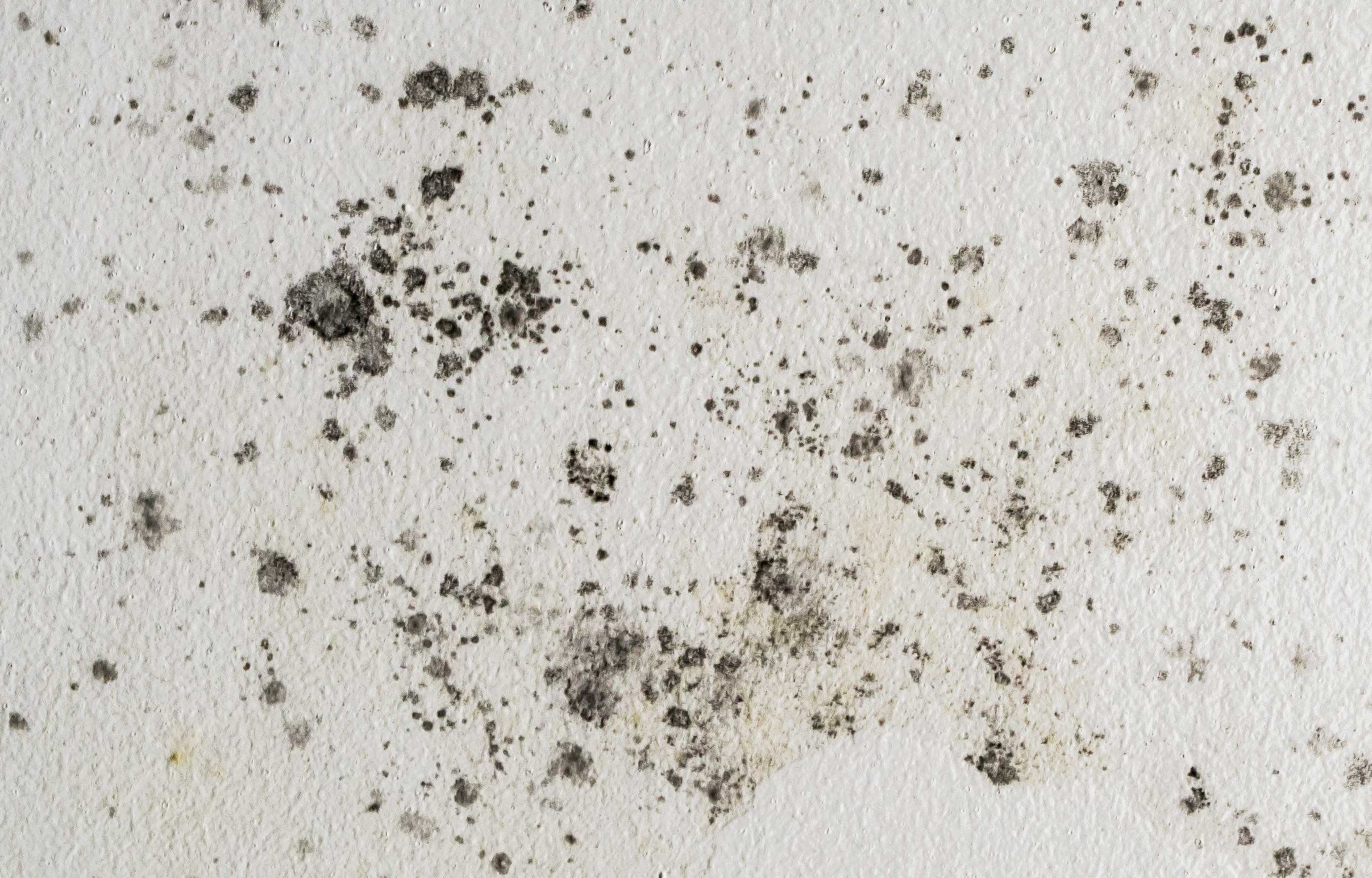

Mold vs. Mildew: What’s the Difference?
By Grainger Editorial Staff 7/15/22
Mold and mildew are fungi that develop due to excessive, unchecked moisture. Both mold and mildew start as tiny spores that often require a similar environment to flourish, making them easy to confuse. However, mold and mildew shouldn’t be treated the same. It’s important to understand the differences in appearance and health effects to prevent more significant issues from taking root in your property.
Identifying Mold vs. Mildew
Though the term is often used interchangeably with mold, mildew refers to specific types of fungus, including some types of mold. Both are considered fungi that require water, oxygen, and food to live and survive. They grow in multiple temperatures and environments, with some strains thriving at higher temperatures. According to the EPA, mold can spread on any organic matter, including clothing, leather and paper, as well as ceilings, walls and floors. Mildew often appears on shower walls and windowsills, but can also grow on plants, paper or cloth.
Mold and mildew differ in appearance and possible health risks. Mildew has a gray, white or light brown color and generally rests flat on the surface of a moist area. It has a powdery appearance that may have a distinct, foul odor. Mold has a fuzzy, raised appearance and in unaired areas has a strong, musty smell. It often appears in darker shades of black, green and red. Mold and mildew can appear on damp surfaces as soon as 24 to 48 hours. Mildew typically appears first as small dots and grows in an outward pattern, but it remains on the surface. Mold, however, can quickly grow inward and upwards, eating into walls, ceilings and other surfaces causing substantial property damage.
Health Effects
Although mildew can cause minor respiratory problems like coughing fits, it is not as invasive or troublesome as mold. Mold can produce allergens that can trigger allergic reactions, asthma attacks or produce potent toxins and/or irritants. Hypersensitivity pneumonitis (lung inflammation) has also been linked to mold exposure. People with the greatest risk of health effects from mold exposures are the elderly, the very young and expectant mothers, as well as individuals with mold allergies, asthma and other chronic respiratory ailments.
Mold vs. Mildew
Mold
- Fuzzy, raised appearance
- Darker shades of black, green or red
- Often confused for dirt
- Produces allergens that can trigger allergic reactions and asthma attacks
- Produces potent toxins and/or irritants
Mildew
- White/gray appearance in early stages
- Turns brown
- Flat, powdery
- Small dots
- Causes minor respiratory issues
Tips to Prevent Mold and Mildew
Controlling moisture levels is the best way to prevent mold and mildew growth. Moisture meters can help detect moisture hotspots in ceilings, floors and walls. Mildew is a surface fungus that can be cleaned with a disinfectant cleaner, bleach and a scrub brush. Mold is often a sign of a larger issue that may require professional treatment. Unlike mildew that grows on the surface, mold penetrates the objects it lives on and eats away at their cellular integrity. It’s best to invest in prevention up front to help control mold and mildew instead of scrambling to remediate them.
The following actions can help prevent mold and mildew growth:
- Keeping humidity levels low, between 30-50%
- Using dehumidifiers, fans and opening windows, especially during humid months
- Fixing leaky roofs, windows and pipes
- Ventilating bathrooms, laundry rooms, kitchens, basements and other damp areas
- Drying water-damaged areas within 24 – 48 hours
- Regularly inspecting building exterior for signs of leaks and other issues like cracked masonry, window frames and deteriorating flashing
Testing for Mold and Mildew
Research by the National Institute of Occupational Safety and Health (NIOSH) suggests that finding and correcting sources of dampness is often more effective at preventing health problems than counting indoor microbes. NIOSH developed a tool to help assess damp building areas and prioritize the remediation of problem areas. However, there are some simple ways to tell if a stain is dirt or a sign of a bigger mold problem:
- It has a strong, musty smell
- A drop of bleach lightens its color within 1-2 minutes
- It’s growing on warping, cracking or peeling material
- A source of moisture without much light is nearby
Cleaning Mold and Mildew
Before cleaning mold and mildew, always wear respiratory protection, chemically-resistant gloves and eye protection.
Removing Mildew
- Don PPE and clean the area with bleach, mild detergent or a household cleaner.
- Scrub with a disposable brush, sponge or rag until the mildew is gone.
- Dispose of contaminated PPE.
Removing Mold
If you find small concentrations of mold on easy-to-clean surfaces like windows, tubs, tiles and sinks, it can usually be cleaned with disinfectants or a bleach and water solution. Larger areas of mold may require professional remediation.
1. Protect yourself: don proper PPE.
2. Remove or dispose of all damp or damaged materials: Start by removing anything that can be easily thrown away, such as wet wallpaper, rotted drywall, wood and fabrics.
3. Mist with clean water: When cleaning mold and mildew, use a squirt bottle to mist the remaining area with clean water to help prevent the spores from being released into the air.
4. Clean with soapy water, bleach solution or disinfectants: Mold can be effectively cleaned from hard surfaces using mild detergents, disinfectants or a bleach solution.
5. Scrub mold away: Use a scrub brush or sponge to clean the mold. Frequently change the water and use fresh sponges. Old water can redeposit mold or mildew spores back in the same area.
6. Thoroughly dry area: Whether you’re cleaning mold or mildew, it’s crucial to thoroughly dry the area for at least 48 hours. Use fans, dehumidifiers and carpet extractors to help remove moisture. The site must be completely dry before using again. Otherwise, the mold or mildew will continue to spread.
Hiring a Specialist
According to the EPA, if you discover mold growing on drywall, studs, subflooring or your HVAC system in an area greater than 10 square feet, it’s best to hire a professional mold removal service. Improperly treating severe infestations can cause cross-contamination to other sites.
The information contained in this article is intended for general information purposes only and is based on information available as of the initial date of publication. No representation is made that the information or references are complete or remain current. This article is not a substitute for review of current applicable government regulations, industry standards, or other standards specific to your business and/or activities and should not be construed as legal advice or opinion. Readers with specific questions should refer to the applicable standards or consult with an attorney.


